I've been reading stories suggesting 'The End of Cheap Food' since, ooh, April, possibly earlier. Drought, floods, China, India, biofuel, all these and more were cited as reasons why wheat, milk, butter meat and other commodities were set to soar.
Yet what happened next? In June, the supermarkets launched a price war. This confounded predictions and producers in equal measure. But are we witnessing, finally, the end of this extraordinary and inflation-saving battle?
In recent weeks, we've seen milk prices lurch up. This week, the price of a pint of milk in Asda rose by 14% from 35p to 40p. Even more stark is the difference between Asda's controversial July offer of two four-pint cartons of milk for £2, and the price this week of a single four-pint carton, which moved from £1.15 on Tuesday to £1.34 on Thursday. That's a 34% increase.
Butter and spread prices are also moving. A pack of own label butter in one supermarket was up by 16% from 72p to 84p. A tub of Flora was up even more: a whopping 41% increase in Tesco, from 98p to 138p.
And, last but not least, there's the price of a loaf of bread which, as widely reported in the papers this week, was on the rise again, with Tesco raising the price of a Hovis white loaf by 8%, from 96p to £1.04, while Sainsbury's added at least 6p to the price of its own-label breads on Thursday.
Some of these changes happened too late to be reflected in this week's The Grocer 33, but not all: the price of dried spaghetti was up 10p in virtually all the supermarkets, for example (see p22).
With pent-up raw material price rises still stuck in the system, one source told me he believed 30% food inflation was a real possibility by Christmas. If I were Alistair Darling, or a pensioner, I'd be very worried.




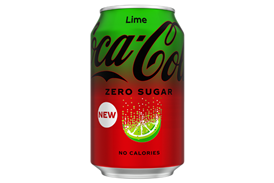



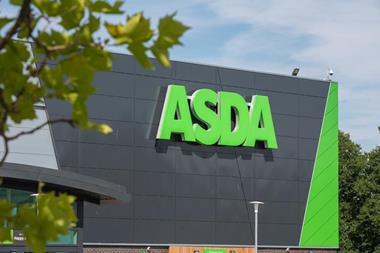


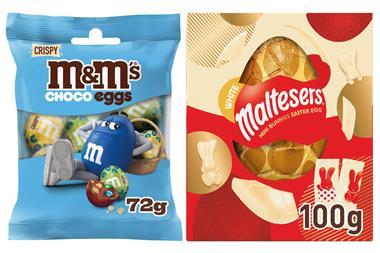


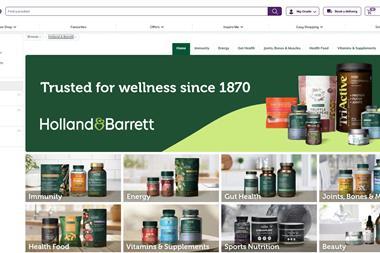
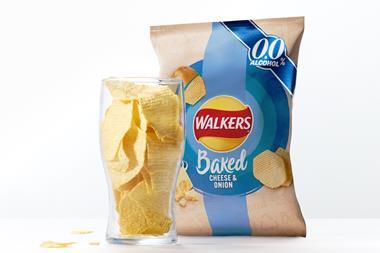
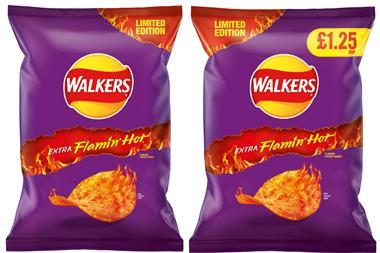


No comments yet